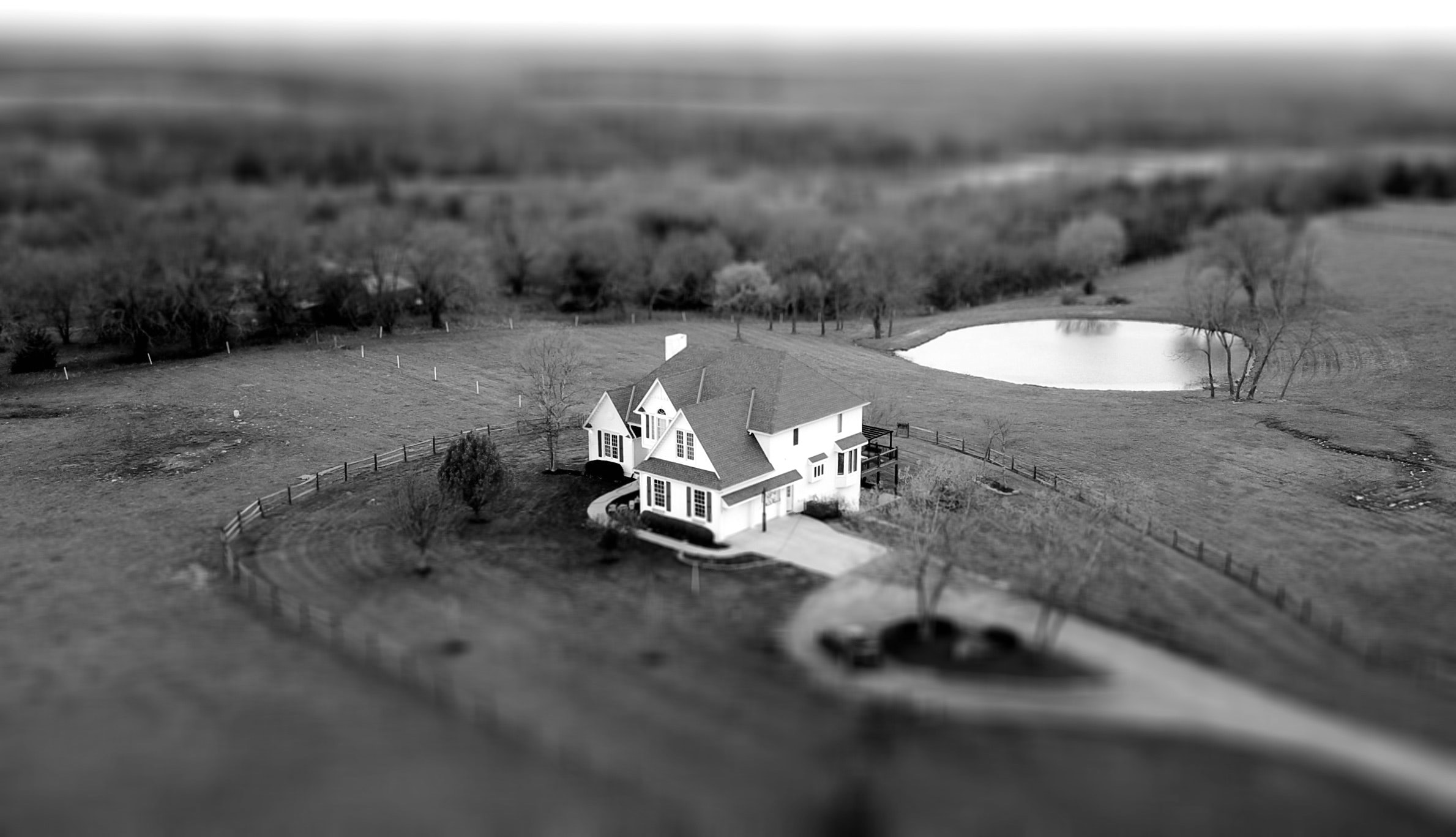By strange and satisfying serendipity the other day, my opponent in a seniors golf match against another club was someone I’d last met back in the early 1980s when we were both members of what we liked to think was an elite fraternity in the world of real estate development called “Placemakers”. Naturally, we fell to telling tales of yesteryear, and the people who populated the property profession at that time. Those were, of course, the golden years! But it was the term itself that caused some comment. We agreed that the epithet “placemaking” had joined the ranks of similar soubriquets, such as: sustainable development; corporate social responsibility; agile organisation; and resilient city, which, though ultimately profound, had become so capacious as to lose most meaning. Upon reflection, however, and in the afterglow of victory, it is the profundity of placemaking that has been rekindled in me.
The Character
Creative placemaking necessarily comprises the collaborative engagement of public, private, civic and community organisations in shaping strategically the physical, economic, social and functional future character and performance of a significant piece of urban territory. Successful placemaking animates public areas and private spaces; rejuvenates urban structures and landscapes; enriches local business and cultural groups; secures and strengthens neighbourhood safety and security; and, generally brings together diverse communities, companies and concerns to play, produce, profess and prosper. It is not, however, easy to quantify.
The Circumstances
The context for ‘creative placemaking’ seems to be evolving for a variety of reasons.
- There is a repositioning of urban policy formulation at the interface of public and private sectors. Pathways to a more institutional multi-actor mode of urban land-use and revitalisation projects within a framework of deregulated markets are progressively being constructed and explored. Of particular note, in this institutional constellation, the financial viability and the presence of special spatial externalities are increasingly seen as critical factors for partnership in placemaking.
- Cities and significant towns are more and more becoming nodes in a broader institutional, as well as regional and local, network economy. Placemaking can be viewed as manifesting a strategy of global competition among major cities and ambitious larger towns.
- The very value of economic and financial planning at the scale of place and the city has attracted greater attention and appreciation over recent years, in addition to the broader issues of social and environmental value.
- There is a growing recognition that additional real estate value can be generated by perceiving a prospective development site and location in terms of how the project will be accepted and enjoyed by residents, commercial occupiers and visitors alike.
- It has been stated, (Sir Stuart Lipton – an original Placemaker!), that good design through placemaking brings very specific economic, social and environmental benefits to a range of stakeholders by, for example, improving returns on investments, helping to deliver more lettable area, reducing whole-life costs, increasing workforce productivity and producing a regeneration dividend.
The Characteristics
In similar vein, certain common characteristics appear to exemplify the nature and operation of the way in which major projects in creative placemaking are envisaged, designed, developed and delivered. The following might give a flavour of this.
- Cross-sector partnerships are fundamental to successful creative placemaking.
- Extreme complexity – social, legal, political, technological, as well as economic – is an inherent feature of placemaking.
- Cost is magnified, with huge-scale investment budgetary attributes and implications.
- As property redevelopments are mostly irreversible, and the process necessarily sequential, risk can be high and uncertainty prevalent through financial cycles.
- Lofty ideals are customary, visibility intense and responsibility profound.
- Invariably, there are strong cultural, legal and political forces at play, and a recurring need to satisfy local public demand.
- Important institutional factors relating to environmental regulations and technological innovation are getting more and more stringent.
- Cost over-runs caused by initial lack of realism are almost routine, and cyclical market fluctuations during planning, development and disposition fairly familiar.
- Whilst maintaining consistency with development planning policy at all scales, there is a need to create quality landscapes and outlooks through harmonisation.
- The role and contribution played by art, culture and leisure in ensuring the economic feasibility of schemes, as well as achieving a more expansive notion of ‘livability’, is becoming better appreciated.
Above all, perhaps, there has been a growing recognition over the past couple of decades of the essential link between design and profit in producing a ‘premium of place’.
The Concern
As with so many things, beware the ‘March of the Measurers’. There is no shortage of opinion regarding the evaluation of large-scale urban development and regeneration projects. There is, however, a singular lack of consensus concerning use and reliability. Great scepticism abounds about the choice and utility of selected indicators, the relevance and robustness of various data-sets, and the confidence and constancy of traditional valuation methods. But hey, who cares, I sank that six-foot putt on the 18th!







